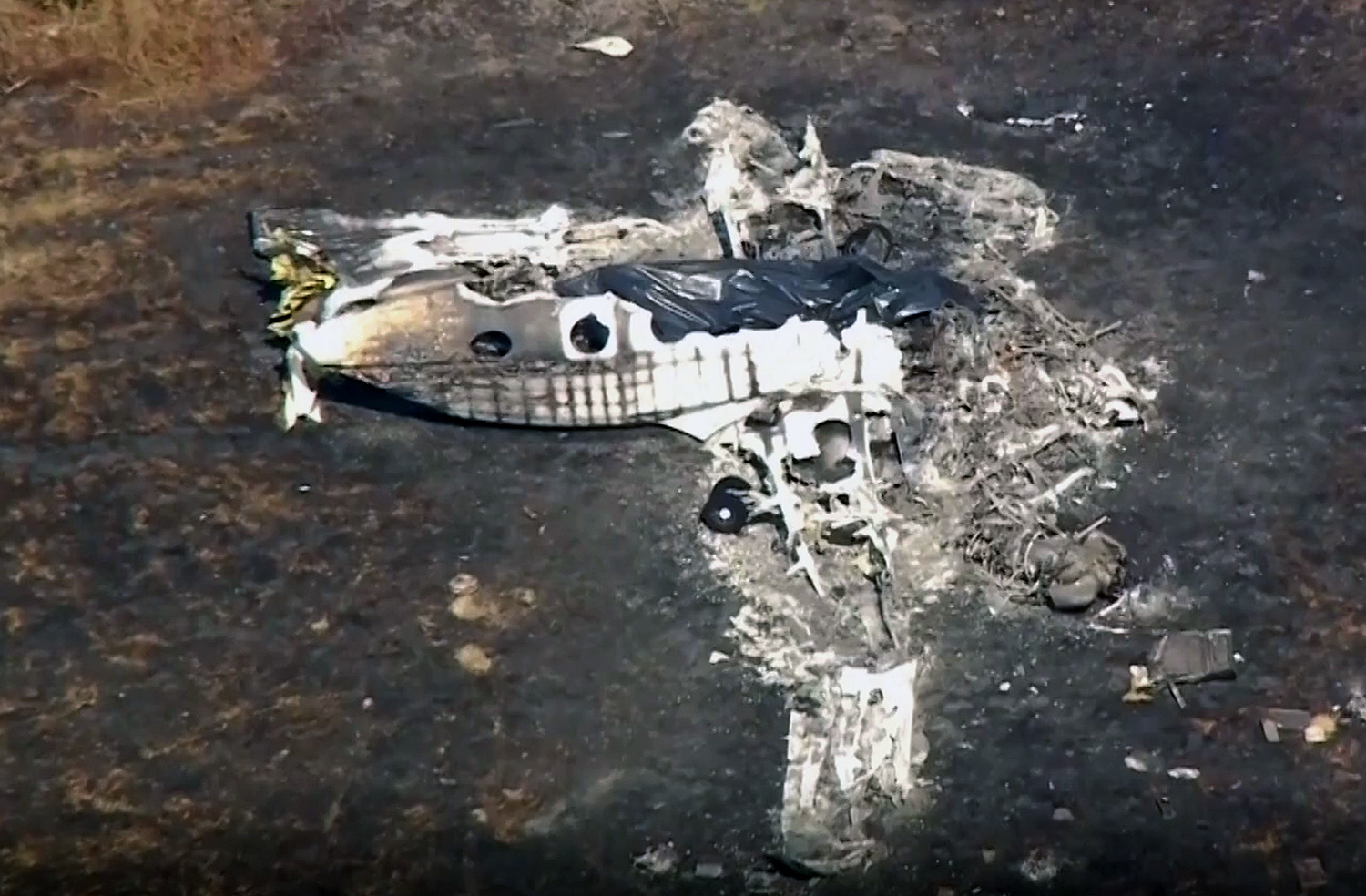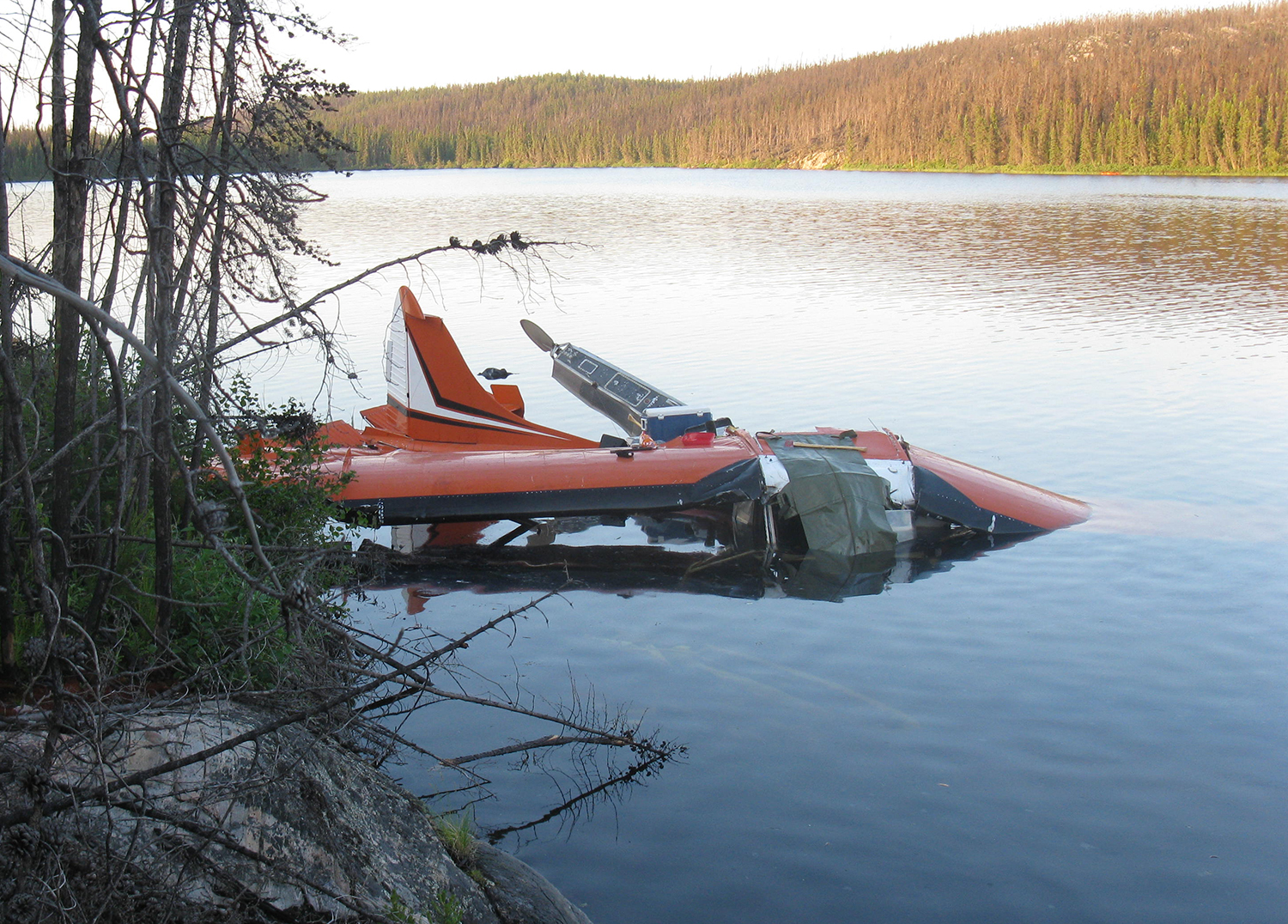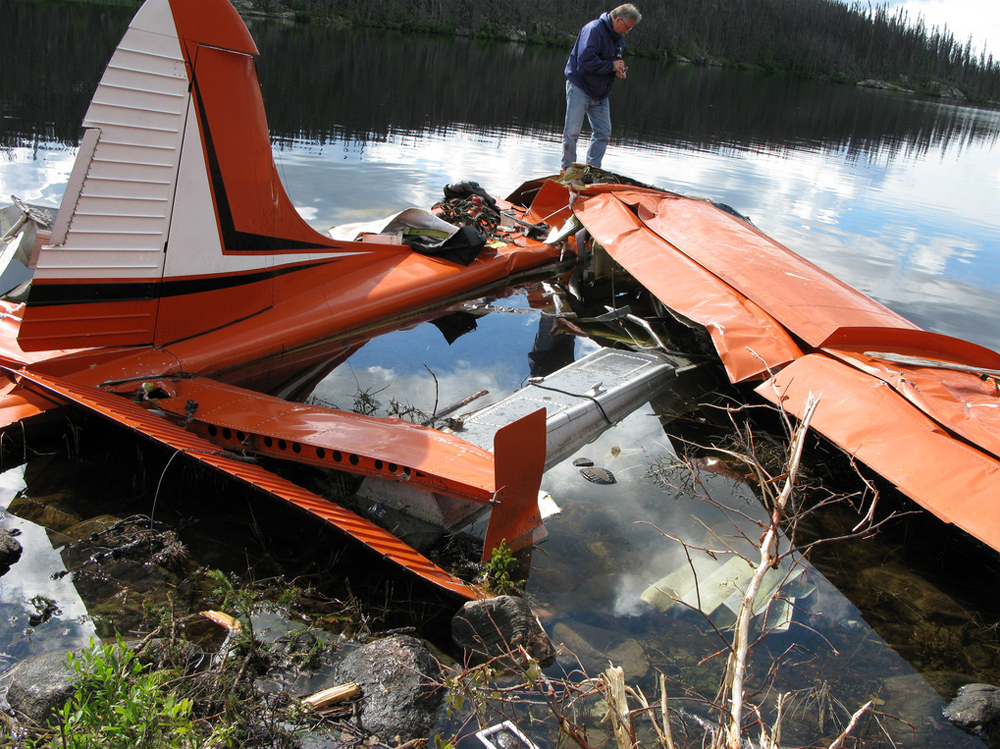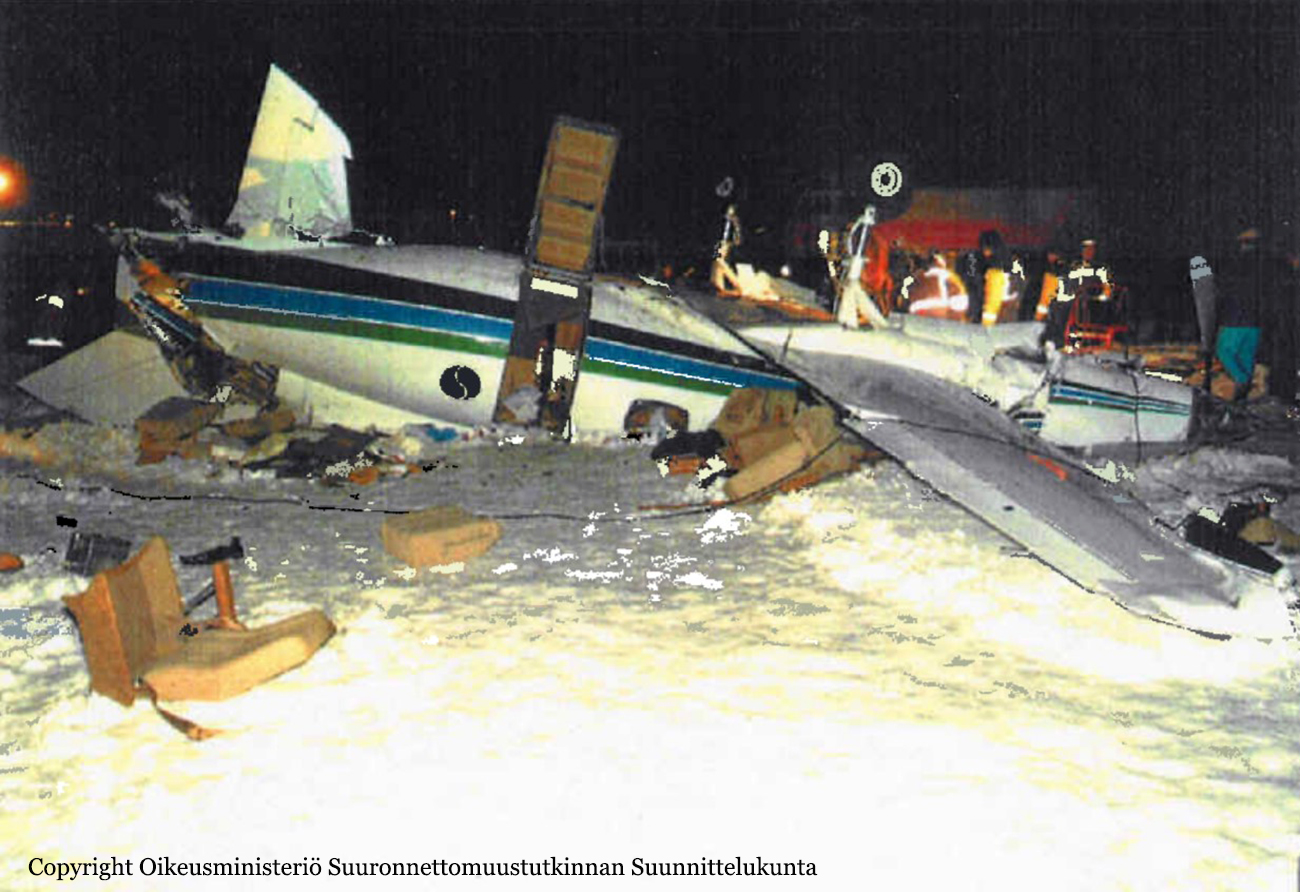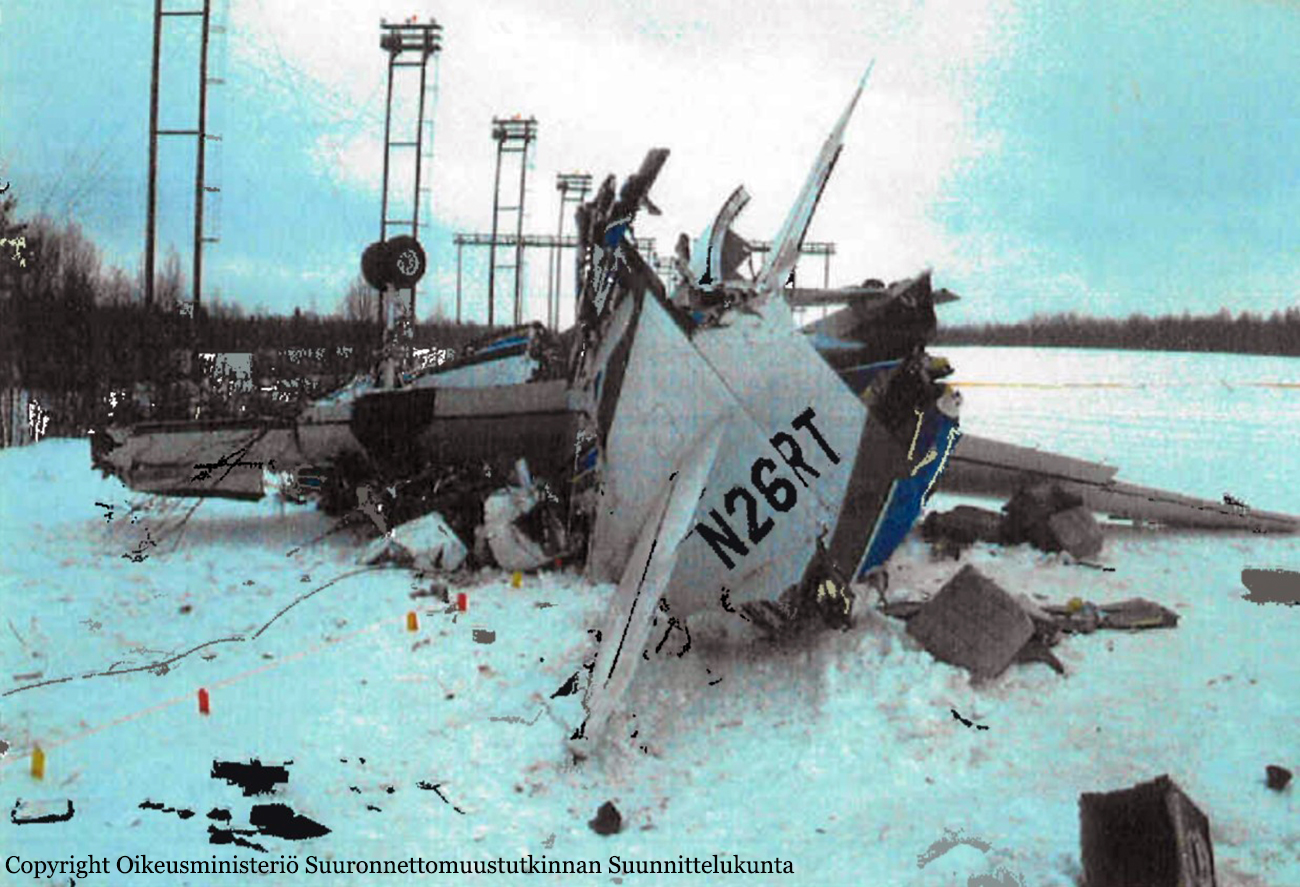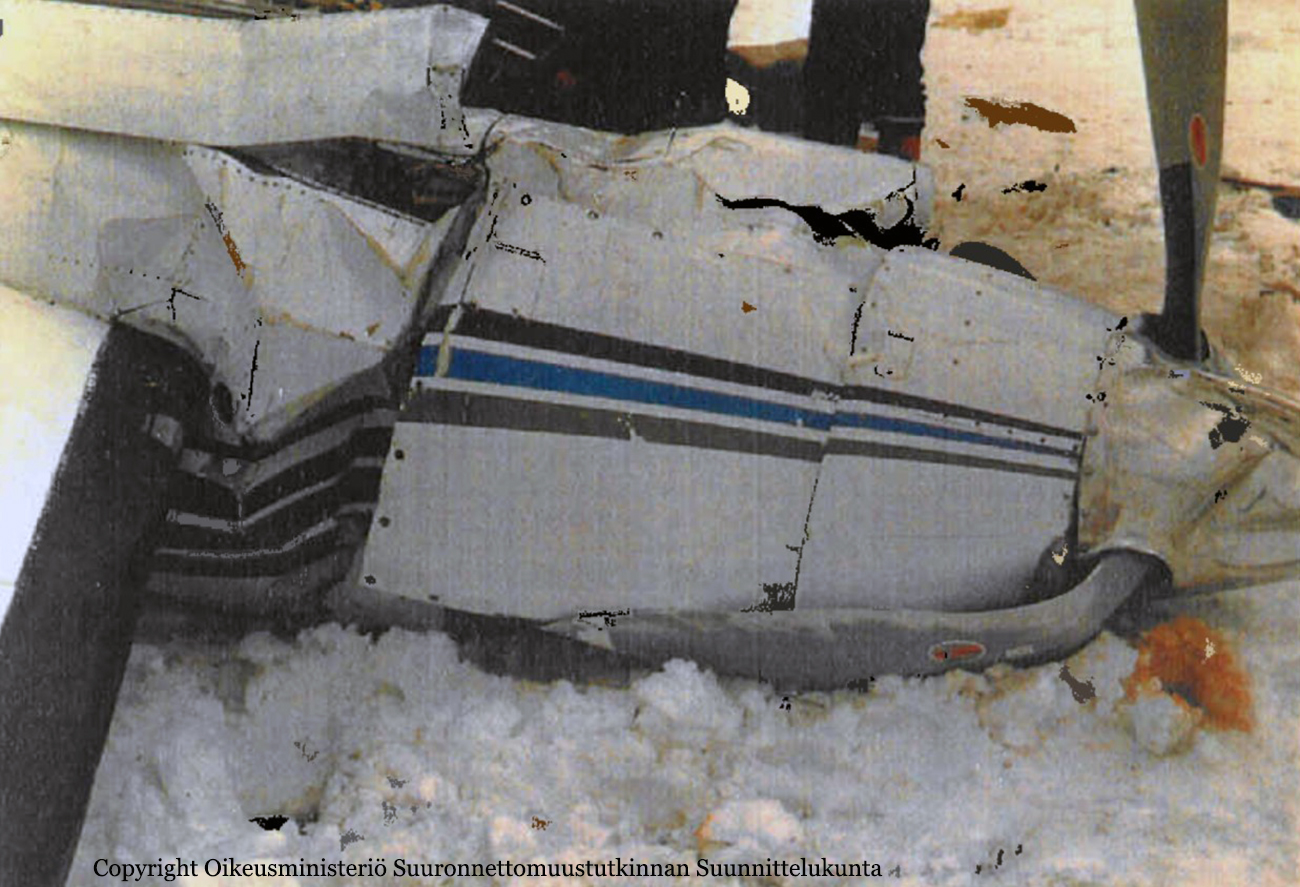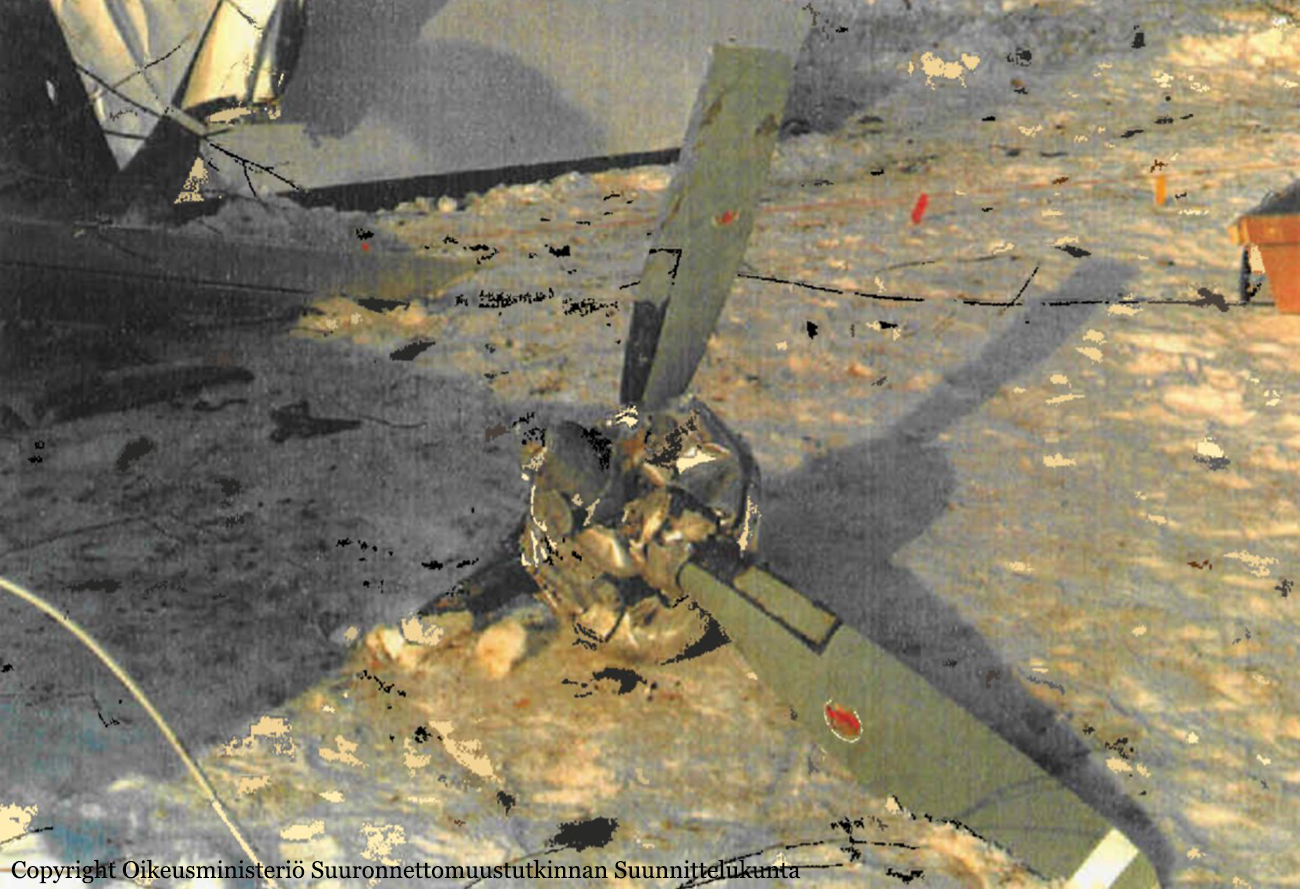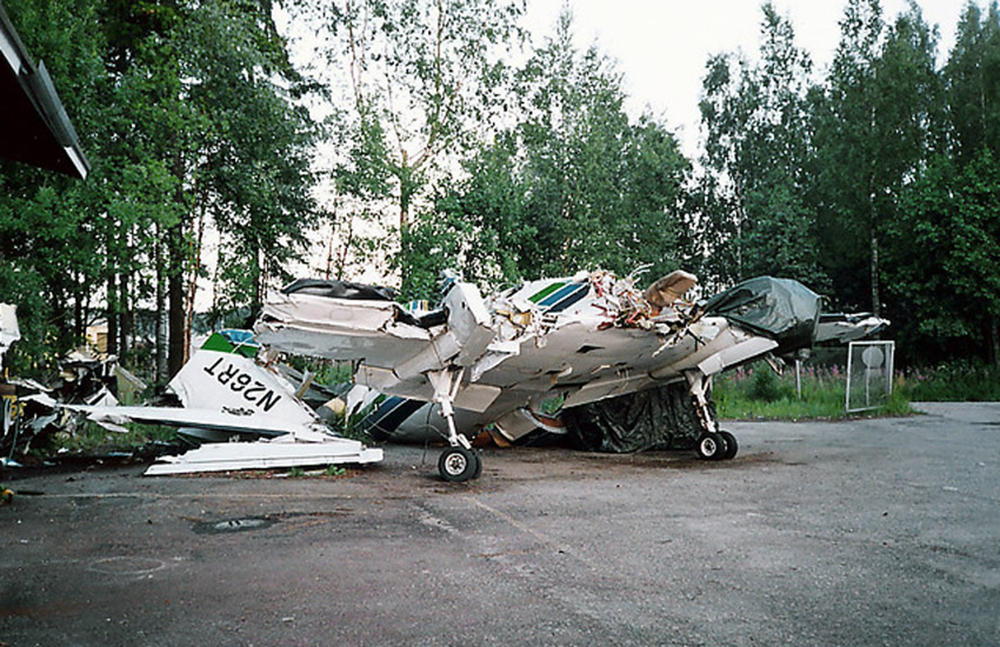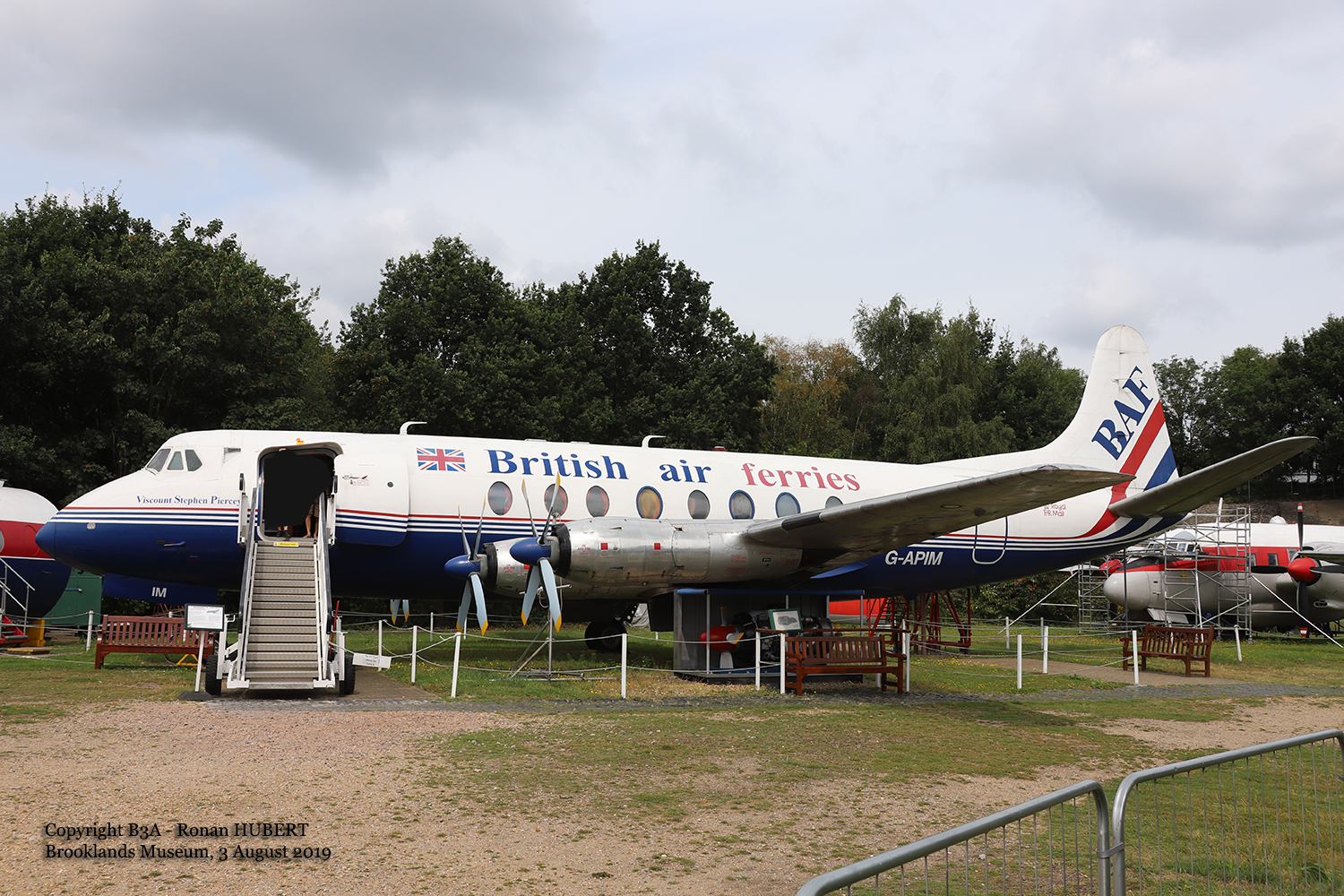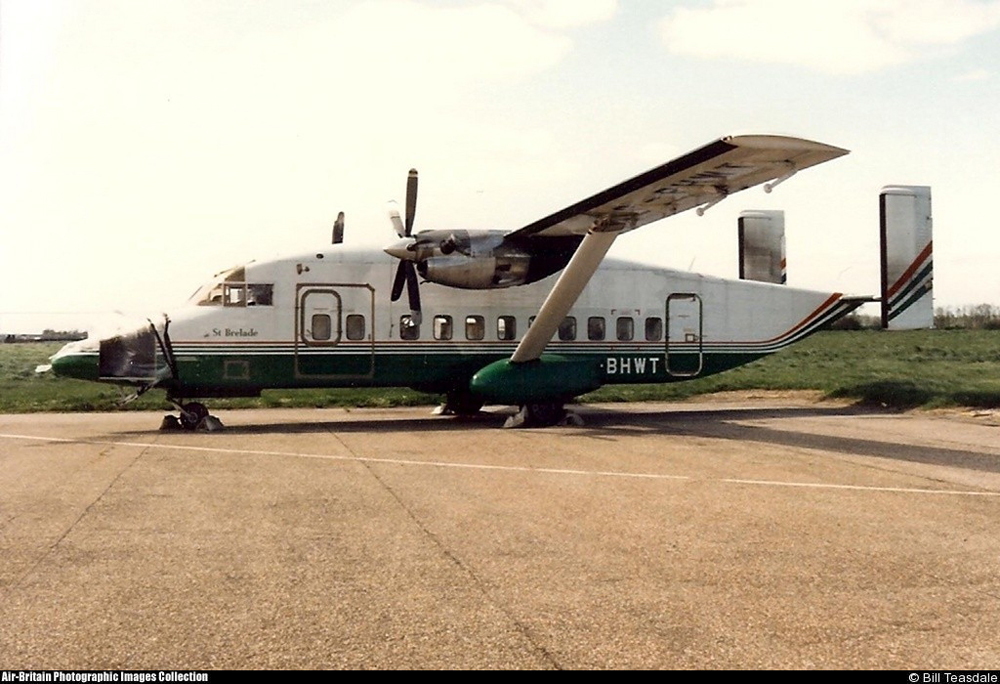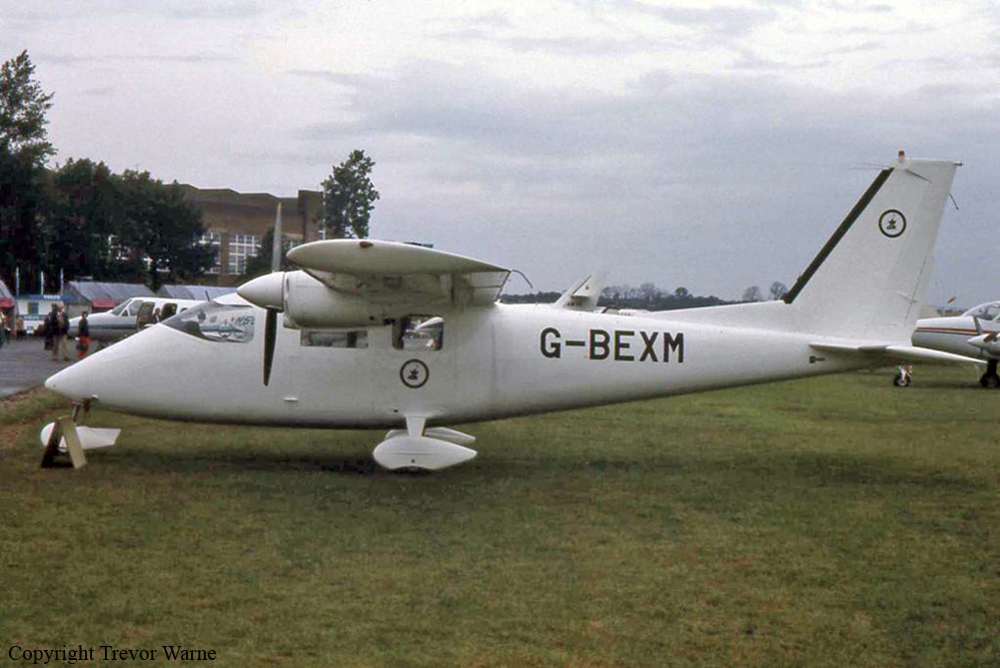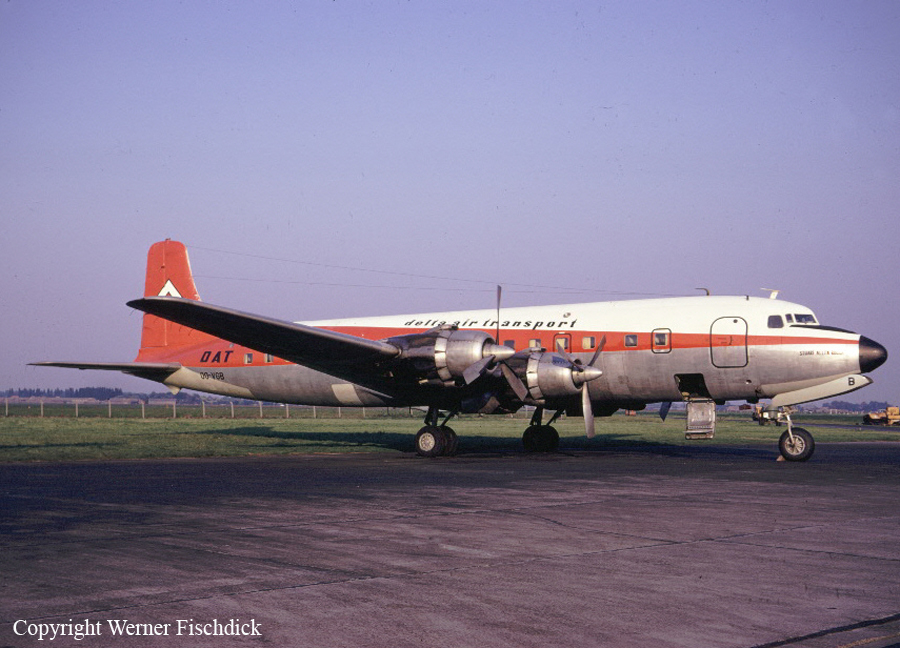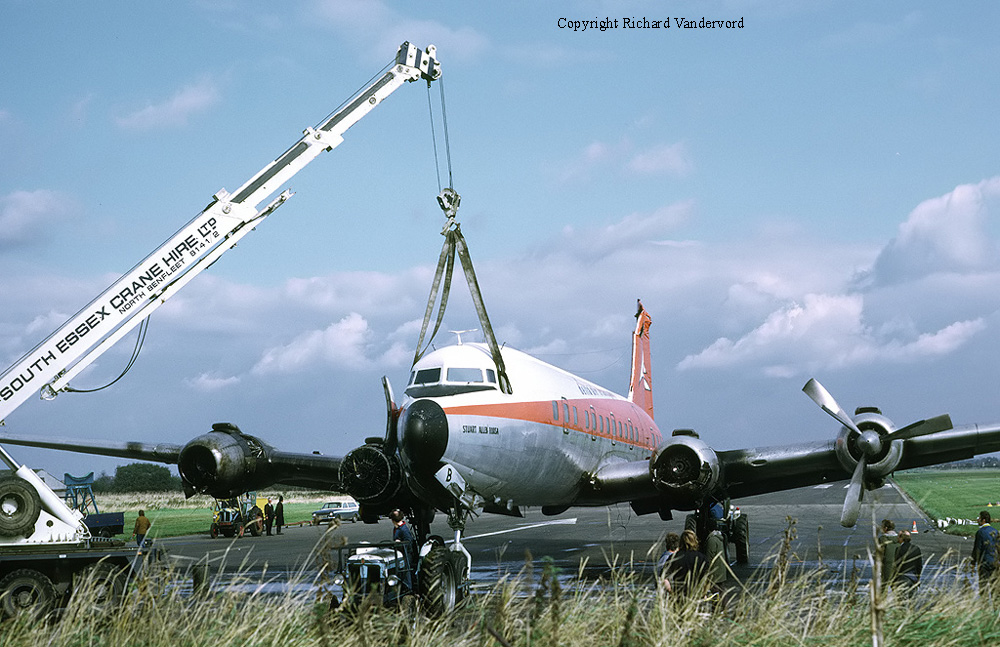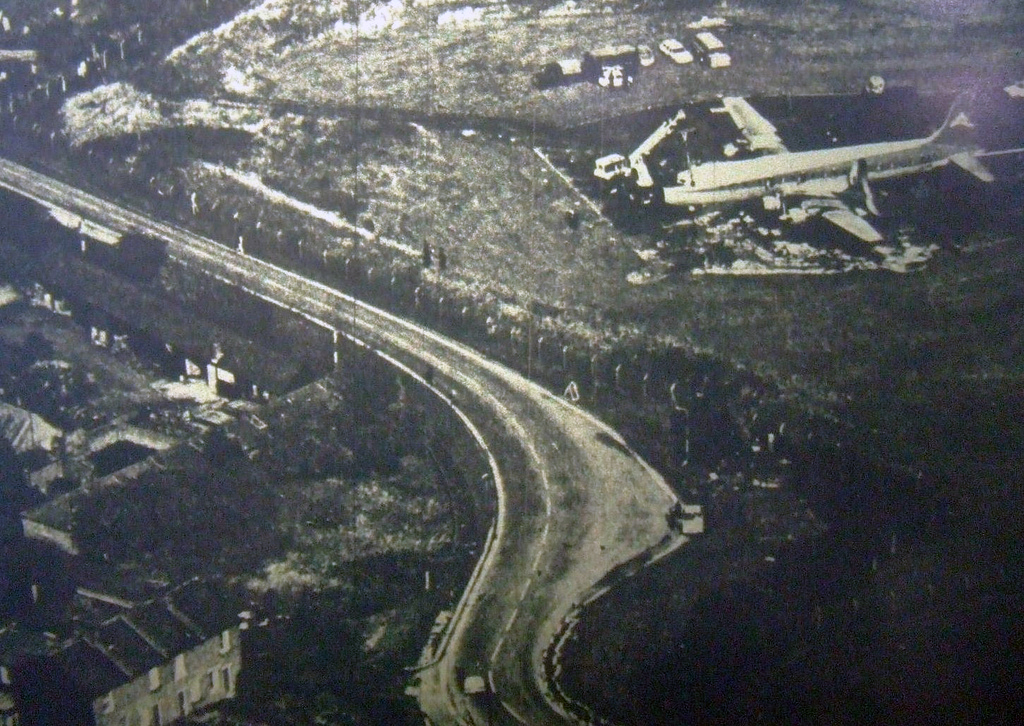Crash of a Beechcraft B200 Super King Air in Southend: 4 killed
Date & Time:
Jul 13, 2025 at 1557 LT
Registration:
PH-ZAZ
Survivors:
No
Schedule:
Southend - Lelystad
MSN:
BB-1478
YOM:
1994
Flight number:
SUZ1
Crew on board:
2
Crew fatalities:
Pax on board:
2
Pax fatalities:
Other fatalities:
Total fatalities:
4
Circumstances:
Shortly after takeoff from runway 05 at Southend Airport, while in initial climb, the twin engine airplane rolled to the left then entered an uncontrolled descent and crashed in a grassy area nearby the runway, bursting into flames. The airplane was returning to its base in Lelystad following an ambulance flight from Athens to Southend with an intermediate stop in Pula. All four occupants, two pilots, one doctor and one nurse were killed.

